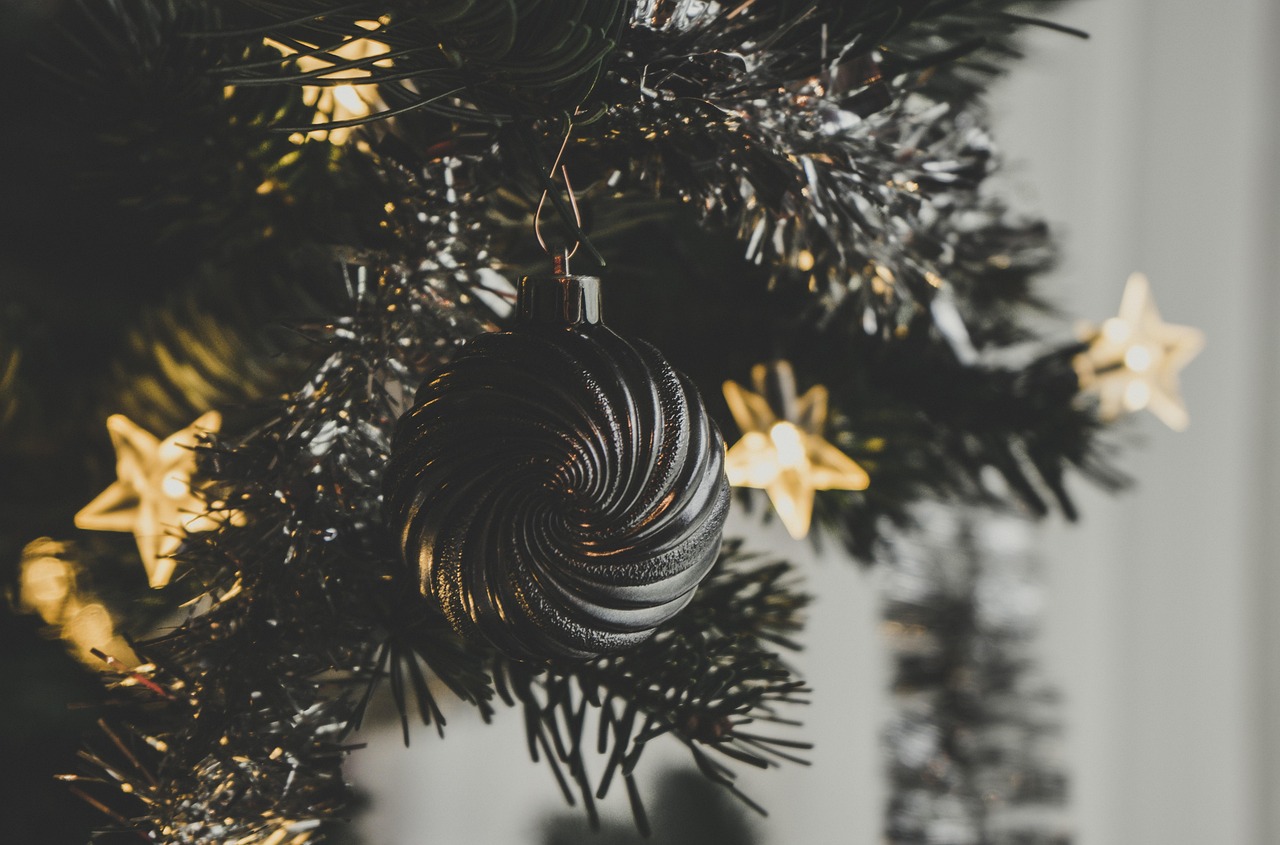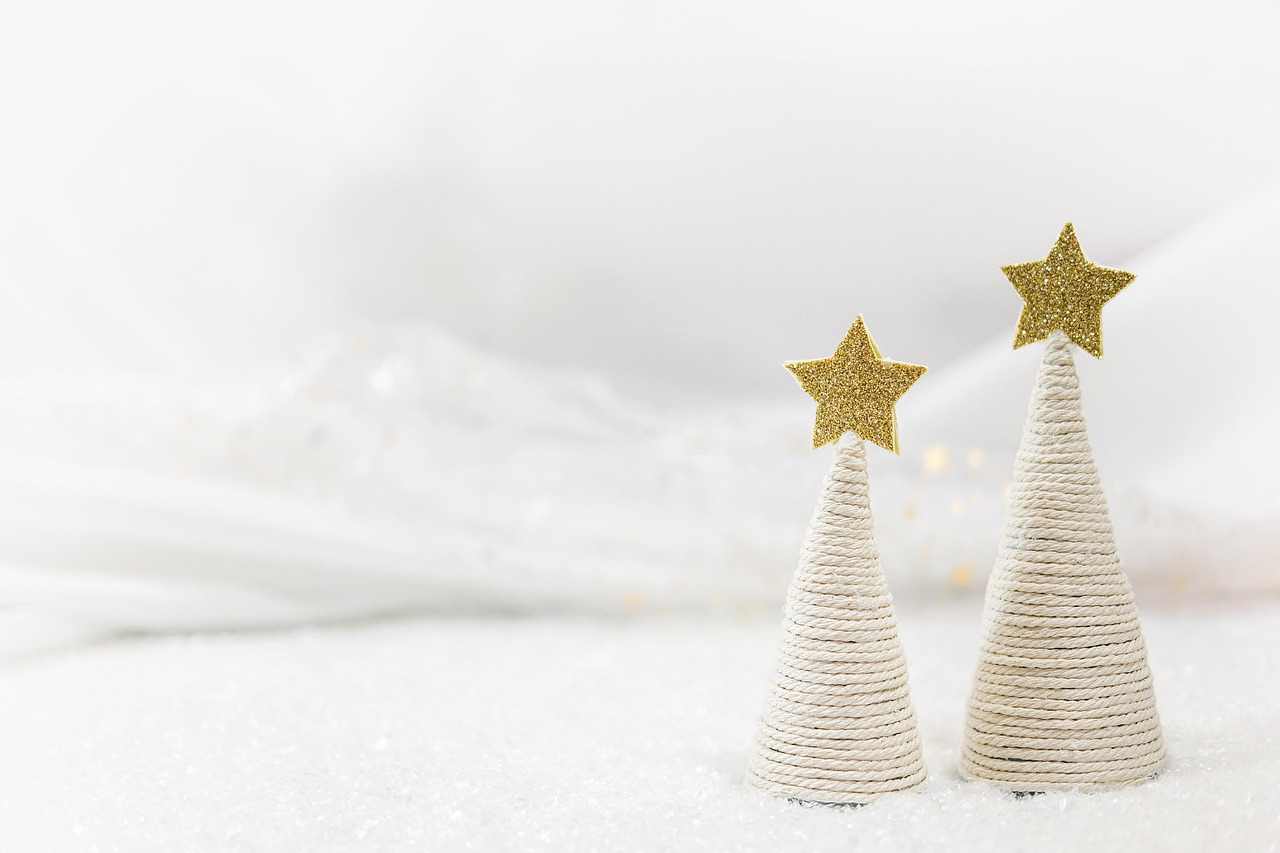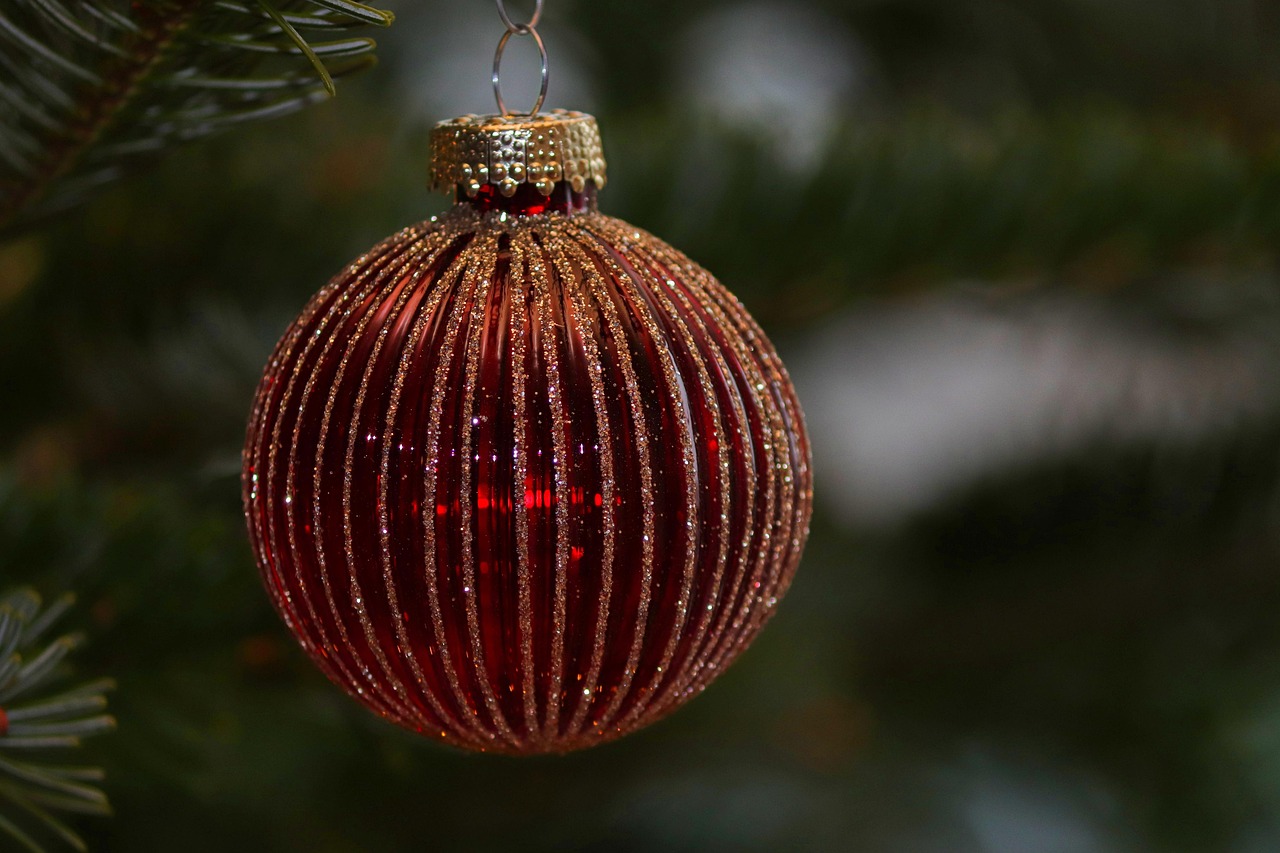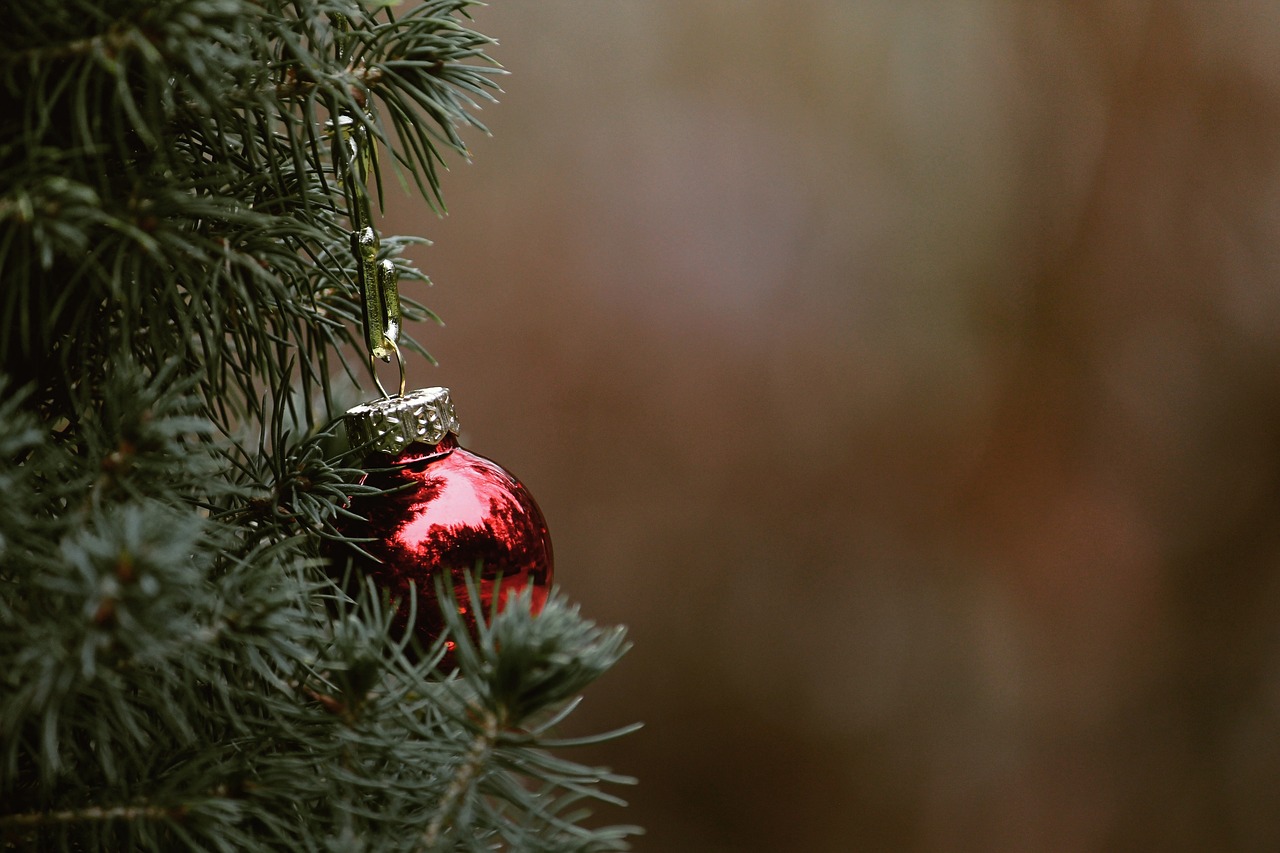The growth rate of New Zealand Christmas trees varies by species, but generally, these trees can reach a height suitable for festive use in about 7 to 10 years. Factors like soil quality, climate, and care practices significantly influence this timeline.
Understanding New Zealand Christmas Trees
New Zealand is known for its stunning landscapes and diverse flora. Among the various plants grown in the region, Christmas trees hold a special place during the holiday season. The most popular species used as Christmas trees include the Radiata Pine, Douglas Fir, and Cypress. Each of these species has unique characteristics and growth rates that make them suitable for festive use.

Christmas trees are typically grown on plantations, where they are nurtured to develop strong branches and a pleasing shape. Proper maintenance is crucial to ensure healthy growth. This includes regular watering, pest control, and pruning to promote a fuller appearance. Understanding the growth patterns of these trees can help growers optimize their cultivation methods.
Growth Rates of Common Species
The growth rate of Christmas trees can vary significantly depending on the species and environmental conditions. Below is a table that outlines the average growth rates for some common Christmas tree species grown in New Zealand:
| Tree Species | Average Height per Year | Time to Maturity (Years) |
|---|---|---|
| Radiata Pine | 1 to 1.5 feet | 7 to 10 years |
| Douglas Fir | 1 to 2 feet | 8 to 12 years |
| Cypress | 1 to 1.5 feet | 6 to 9 years |
The Radiata Pine is favored for its rapid growth and ability to adapt to various soil types. It typically reaches a height suitable for cutting in about 7 to 10 years. On the other hand, the Douglas Fir tends to grow more slowly but is valued for its strong branches and excellent needle retention, making it ideal for decorative purposes.

Factors Affecting Growth Rates
Several factors can influence the growth rates of Christmas trees in New Zealand:
- Soil Quality: Nutrient-rich soil promotes healthy growth. Conducting soil tests can help determine the right amendments needed.
- Climate Conditions: Trees require specific temperature ranges and moisture levels to thrive. New Zealand’s temperate climate is generally favorable.
- Pest Management: Protecting trees from pests and diseases is essential for maintaining growth rates. Integrated pest management strategies are often employed.
- Watering Practices: Consistent watering, especially during dry spells, is crucial for young trees.
By paying close attention to these factors, growers can enhance the chances of producing healthy Christmas trees within the desired timeframe. Proper care not only expedites growth but also results in more aesthetically pleasing trees for festive use.
Cultivation Techniques for Optimal Growth
To achieve optimal growth rates, many growers adopt specific cultivation techniques. These include:

- Site Selection: Choosing an appropriate site with good drainage and sunlight exposure is key.
- Regular Pruning: Pruning helps shape the tree and encourages bushier growth.
- Fertilization: Applying the right fertilizers during the growing season provides essential nutrients.
- Aeration: Aerating the soil can improve root health and promote faster growth.
The combination of these techniques can significantly enhance tree health and growth rates. Growers who implement these practices often see better results, leading to successful harvests for the holiday season.
The cultivation of Christmas trees in New Zealand not only supports local economies but also adds to the festive spirit during the holidays. Understanding the nuances of tree growth can lead to better practices and more enjoyable experiences for consumers looking for that perfect Christmas tree.
Harvesting Christmas Trees
Harvesting Christmas trees is a critical phase in the cultivation process. The timing of the harvest can greatly impact the quality of the tree and its appeal to customers. Knowing when to harvest is essential for growers aiming to provide fresh, healthy trees during the festive season.
Optimal Harvest Time
The optimal time for harvesting Christmas trees in New Zealand typically falls between late November and early December. This period allows for the trees to be at their best just in time for Christmas. Several factors influence the timing of the harvest:

- Height: Trees should reach a minimum height, often between 6 and 8 feet, depending on market demand.
- Branch Density: A well-shaped tree with dense branches is more desirable, which can take several years to achieve.
- Needle Retention: Trees should be harvested when they have good needle retention, ensuring they stay fresh throughout the holiday season.
Monitoring these factors closely helps growers decide when their trees are ready for sale, ensuring that consumers receive the best possible product.
Harvesting Techniques
Various techniques are employed during the harvesting process to minimize damage to the tree and surrounding environment. Here are some common methods:
- Hand Cutting: Many growers prefer hand-cutting trees using saws. This method allows for precision and reduces the risk of damaging nearby trees.
- Mechanical Harvesting: For larger plantations, mechanical equipment may be used. These machines can quickly cut multiple trees but require careful operation to prevent damage.
- Root Preservation: When cutting a tree, it is essential to leave enough root system intact if the tree is intended for replanting or if other trees are nearby.
Post-Harvest Care
Once the trees are harvested, proper care is crucial to maintain their freshness and appearance until they reach consumers. Here are key post-harvest practices:
Immediate Steps After Harvesting
The first few hours after harvesting are critical for maintaining the quality of the Christmas tree. Growers should:
- Make a Fresh Cut: A fresh cut on the trunk keeps the tree hydrated by allowing it to absorb water more effectively.
- Watering: Place the tree in a bucket of water immediately after cutting to prevent drying out.
- Avoid Sunlight: Keep the harvested trees in a shaded area to slow down transpiration until they are displayed for sale.
Storage Conditions
The storage conditions significantly affect how long a Christmas tree will remain fresh. Ideal conditions include:
- Cool Temperatures: Storing trees in a cool environment helps retain moisture and prolong freshness.
- Humidity Control: Maintaining humidity levels can prevent needle drop and drying out.
- Adequate Ventilation: Ensuring good airflow around stored trees can help prevent mold and mildew growth.
Market Trends and Consumer Preferences
The demand for Christmas trees can fluctuate based on market trends and consumer preferences. Understanding these trends is important for growers looking to optimize their sales strategies.
Types of Trees in Demand
Consumer preferences often dictate which types of Christmas trees are most sought after. Some popular varieties include:
- Radiata Pine: Known for its classic shape and fragrance, this species is a favorite among many families.
- Douglas Fir: Valued for its soft needles and excellent needle retention, making it ideal for decorations.
- Noble Fir: Recognized for its sturdy branches and beautiful blue-green color, this type has become increasingly popular.
Understanding these preferences helps growers decide which species to cultivate and how to market their products effectively.
Sustainability Considerations
With growing environmental awareness, sustainability has become an essential aspect of Christmas tree farming. Eco-conscious consumers often look for trees that are grown using sustainable practices. Growers can appeal to this market by:
- Using Organic Practices: Employing organic farming techniques can help attract environmentally conscious buyers.
- Promoting Replanting Initiatives: Many growers participate in programs that promote replanting trees to ensure sustainability.
- Educating Consumers: Informing customers about the environmental benefits of real trees versus artificial ones can enhance sales.
By embracing sustainability, growers not only contribute positively to the environment but also align themselves with the values of modern consumers, ensuring better market positioning during the festive season.
Marketing Christmas Trees
Marketing Christmas trees effectively is crucial for growers aiming to maximize their sales during the holiday season. As competition increases, understanding various marketing strategies can help businesses stand out and attract more customers.
Identifying Target Markets
Successful marketing begins with identifying target markets. Different consumer segments have unique preferences and needs. Key market segments for Christmas trees include:
- Families: Families with children often seek traditional trees that evoke holiday spirit.
- Eco-Conscious Consumers: Individuals who prioritize sustainability are likely to support local growers who use organic methods.
- Businesses and Organizations: Local businesses may purchase trees for decorations or events, providing a steady market.
By recognizing these segments, growers can tailor their marketing efforts to effectively reach each group.
Promotional Strategies
Various promotional strategies can be employed to enhance visibility and sales. These may include:
- Social Media Campaigns: Engaging content on platforms like Facebook and Instagram can attract attention. Sharing photos of beautiful trees or customer testimonials can encourage shares and likes.
- Local Events: Hosting or participating in local holiday markets or festivals can increase visibility. Offering tree-cutting experiences or festive activities can draw in families.
- Collaborations: Partnering with local businesses, such as florists or gift shops, can create cross-promotional opportunities. This collaboration can introduce trees to new customer bases.
Pricing Strategies for Christmas Trees
Setting the right price for Christmas trees is vital for maximizing profits while remaining competitive. Various factors influence pricing strategies:
Factors Influencing Pricing
Growers should consider the following factors when determining prices:
- Tree Size: Larger trees typically command higher prices. Pricing should reflect the size of the tree, as consumers are often willing to pay more for taller specimens.
- Species: Some species may be more desirable than others, allowing growers to set higher prices for popular varieties like Noble Fir or Douglas Fir.
- Market Demand: Observing local demand trends can help determine optimal pricing. Prices may need to adjust based on supply and demand fluctuations during the season.
- Location: Pricing may vary based on geographical location. Urban areas may see higher prices due to increased demand and cost of living.
Discounting Strategies
Offering discounts can also be an effective strategy to attract customers. These strategies could include:
- Early Bird Discounts: Providing discounts for customers who purchase trees early in the season can encourage sales before peak times.
- Bundle Offers: Selling complementary products, such as tree stands or ornaments, at a discount when purchased with a tree can increase overall sales.
- Loyalty Programs: Implementing a loyalty program for repeat customers can foster long-term relationships and encourage future purchases.
The Role of Technology in Tree Sales
In today’s digital age, leveraging technology can significantly enhance sales and customer engagement. Here are ways technology can play a role:
E-Commerce Solutions
Creating an online store allows growers to reach a broader audience. Key components of an effective e-commerce presence include:
- User-Friendly Website: A well-designed website helps customers browse available trees easily and make purchases online.
- Online Ordering Systems: Implementing a straightforward ordering system can streamline the purchasing process, making it convenient for customers.
- Delivery Options: Offering delivery services can significantly increase sales, especially for customers who may not be able to transport larger trees.
Utilizing Mobile Applications
Mobile applications can enhance customer interaction and engagement. These apps can offer features such as:
- Tree Selection Guides: Apps that help users select the right tree based on size, species, and preference can improve customer satisfaction.
- Loyalty Rewards Tracking: Customers can track their rewards points and redeem them easily through an app, encouraging repeat purchases.
- Seasonal Notifications: Sending notifications about special deals or promotions during the holiday season can prompt timely purchases.
The integration of technology not only improves sales but also enhances the overall customer experience, making it easier for consumers to celebrate their holiday traditions with New Zealand-grown Christmas trees.
Future Trends in Christmas Tree Farming
As the demand for Christmas trees continues to evolve, growers in New Zealand must stay attuned to future trends that may impact the industry. Emerging practices and consumer preferences will shape how Christmas trees are cultivated, marketed, and sold.
Climate Change Impacts
Climate change poses a significant challenge for agricultural practices, including Christmas tree farming. Changes in temperature and precipitation patterns can affect tree growth rates and overall health. Growers may need to adapt by:
- Choosing Resilient Varieties: Selecting tree species that are more tolerant to changing climate conditions can help ensure sustainability.
- Implementing Water Conservation Techniques: Using efficient irrigation systems can help manage water resources effectively during dry spells.
- Monitoring Soil Health: Regular soil testing will become increasingly important to maintain nutrient levels and ensure optimal growth.
Consumer Preferences for Experience
Modern consumers often seek experiences rather than mere products. This shift in preference means that Christmas tree farms can enhance their offerings by:
- Providing Tree-Cutting Experiences: Allowing families to cut their own trees can create memorable experiences that encourage return visits.
- Hosting Holiday Events: Organizing festive events, such as markets or family activities, can draw larger crowds and foster a sense of community.
- Offering Educational Workshops: Teaching customers about sustainable practices or tree care can enhance engagement and build loyalty.
Diversity in Product Offerings
To attract a wider audience, growers may consider diversifying their product offerings. This could include:
- Pre-Cut Trees: Offering pre-cut trees for consumers who prefer convenience can cater to busy families.
- Tree Accessories: Selling stands, decorations, and other holiday items can increase overall sales.
- Seasonal Gifts: Providing gift items such as wreaths or garlands can enhance the shopping experience and boost revenue.
Final Thoughts
The growth rate of Christmas trees in New Zealand is influenced by various factors including species selection, cultivation techniques, and environmental conditions. Understanding these dynamics is crucial for growers aiming to provide high-quality trees for festive use. As the market continues to evolve, growers must adapt to changing consumer preferences and environmental challenges to remain competitive.
Sustainability is becoming increasingly important in the eyes of consumers. By implementing eco-friendly practices, growers not only contribute positively to the environment but also position themselves favorably in the market. Additionally, leveraging technology for marketing and sales enhances customer engagement and simplifies the purchasing process.
The future of Christmas tree farming in New Zealand appears promising as long as growers remain proactive in addressing emerging trends and consumer needs. By focusing on quality, sustainability, and customer experience, they can cultivate successful operations that contribute to the joy of the holiday season for families across the country.
Ultimately, the cultivation of Christmas trees is more than just an agricultural pursuit; it is about creating cherished memories and fostering traditions that bring people together during the festive season. With careful planning and dedication, New Zealand’s Christmas tree growers can continue to thrive and spread holiday cheer for years to come.
